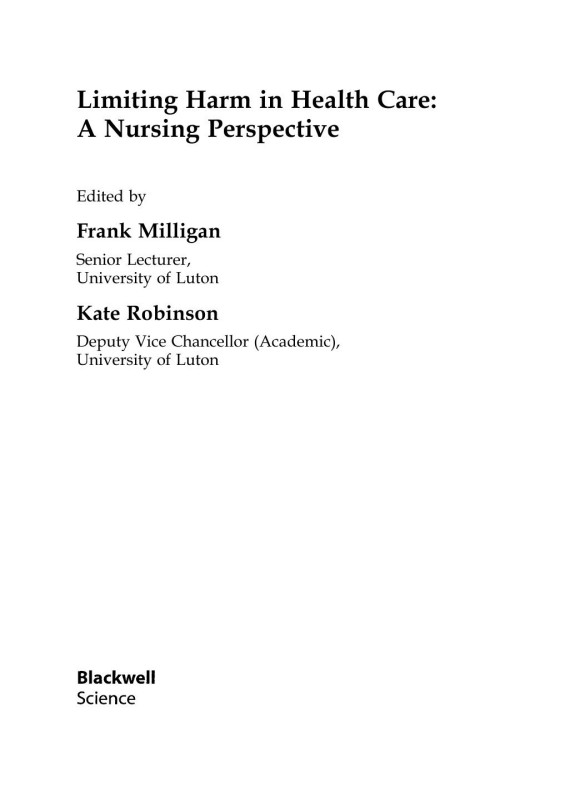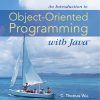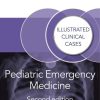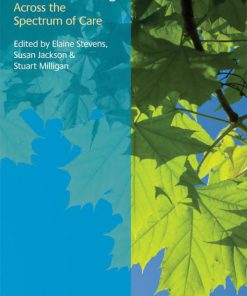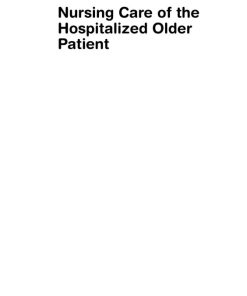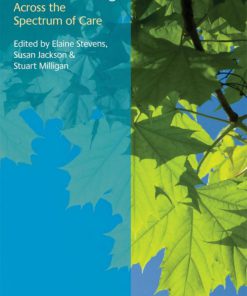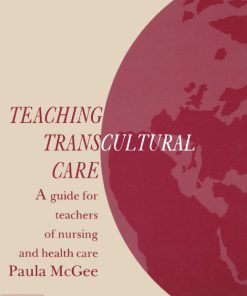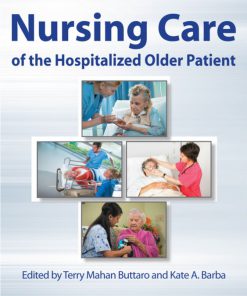Limiting Harm in Health Care A Nursing Perspective 1st Edition by Frank Milligan, Kate Robinson 0632059966 9780632059966
$50.00 Original price was: $50.00.$25.00Current price is: $25.00.
Authors:Unknown , Author sort:Unknown , Published:Published:Feb 2008
Limiting Harm in Health Care A Nursing Perspective 1st Edition by Frank Milligan, Kate Robinson – Ebook PDF Instant Download/Delivery. 0632059966, 9780632059966
Full download Limiting Harm in Health Care A Nursing Perspective 1st Edition after payment

Product details:
ISBN 10: 0632059966
ISBN 13: 9780632059966
Author: Frank Milligan, Kate Robinson
Limiting Harm in Health Care highlights the potential for unnecessary harm in health care practice. This harm is mostly unintentional, but it can result from many different aspects of medical treatment in a wide range of practice areas. Adverse events, events or omissions during clinical care resulting in physical or psychological injury, are increasingly being recognised as significant problems in health care. Following clarification of the nature and extent of medical harm in health care, separate chapters explore the potential for medical harm in diverse areas of practice. Topics include problems in the use of medication, the treatment of acute heart disease, the role of hospital routine and the potentially negative role of medically dominated treatment in mental illness and palliative care. The book includes recommendations for reducing unnecessary harm within the expanding boundaries of nursing practice. The reader is challenged to assess the potential risks inherent in the health care system, to reconsider established methods of treatment, and to re-examine professional working relationships.
Limiting Harm in Health Care A Nursing Perspective 1st Table of contents:
1. Introduction, Aims and Mapping Health Care
Introduction
The aims of this book
Doctors and nurses
Seeing the limits of medicine – maps as knowledge
The map of western medicine
Mapping medical harm
Examples of harm
Expanding nursing roles in health care
The chapters
References
2. Defining Medicine and the Nature of Iatrogenic Harm
Introduction
Western medicine – the world-view of a profession
The body and the ‘gaze’
Discourse – talking medicine
The dominant discourse of western medicine
Iatrogenesis and iatrogenic harm
Recent evidence on iatrogenic harm
Conclusion
References
3. Being a Professional – A Defence Against Causing Harm?
Introduction
The professionalisation agenda
Being a profession
A changing climate of opinion
Options for the future
A new sort of profession?
Conclusion
References
4. Harm Reduction in Context – The Scope of Nursing Practice
Introduction
Nursing in the contemporary health care context
The professional regulation of nursing
Accountability of nurses beyond professional regulation
The dynamic and expanding role of nursing
Conclusion
References
5. Expanding Nurse Prescribing and the Hidden Harm within Modern Drug Therapy
Introduction
Adverse drug reactions – what are they and can they be prevented?
Alternative and complementary therapies
Interactions between conventional drugs and herbal remedies
Compliance and concordance
Drug errors
Nurse prescribing
Drug calculations
Do nurses have the necessary knowledge?
Conclusion
References
6. Shifts in the Care of Hyperactive Children
Introduction
Background
What is ADHD?
Labelling
If ADHD does exist, what current interventions are on offer?
Is intervention always needed?
Other issues
Conclusion
References
7. The Medicalisation of Mental Health Practice – Lessons from the Care of Patients Who Deliberately
Introduction
Suicide and deliberate self-harm
The medical model and the nurse
Failings of the medical model
Psychological care and mental health nursing
Inpatient psychiatric care: models and frames
The medical frame
Alternatives to the medical model
Inpatient care: the patient’s perspective
Relationships and incidents of self-harm
New models: the role of the nurse researcher
Conclusion
References
8. Complaints as a Measure of Harm – Lessons from Community Health Councils
Introduction
Complaints and the NHS complaints procedure
The work of Community Health Councils in supporting complainants
Community Health Councils, primary care and the private sector
Supporting complainants
The nature of complaints
Disabling complainants
The NHS – moving towards a culture of openness?
Beyond complaints: specific Community Health Council initiatives
Expanding information technology
Limits and reform of Community Health Councils
Conclusion
References
9. Nurse Diagnosed Myocardial Infarction – Hidden Nurse Work and Iatrogenic Risk
Introduction
Thrombolysis for acute myocardial infarction
The nurse’s role in thrombolysis
The doctor-nurse relationship
Expanding the role of the nurse
Is thrombolysis just another task?
Experience and the advanced practitioner
Reasons for delay in thrombolysis
Early thrombolysis: the iatrogenic risk
Conclusion
References
10. Talking Harm, Whispering Death – An Exploration of Iatrogenic Harm in Palliative Care
Introduction and background
The people
Medicine’s grand-narrative
Imposing a medical narrative
Shattered living and shattered dying
To see a voice: the struggle between personal and professional discourses
Visualising and voicing self: integrating discourses
The not-knowing stance: integrating dying with living
Space and time: the gift relationship
Conclusion
Author’s note
References
11. NHS Direct – Reducing Unnecessary Harm in Health Care through Information Technology and Shiftin
Introduction
The drivers for change
What is NHS Direct?
The technological infrastructure
Telephone triage
The NHS Direct software systems
The utilisation of health services
Expanding information technology in health care
The role of the nurse in NHS Direct
The clinical governance agenda
NHS Direct and the gate-keeping role of GPs
The future
Conclusion
References
12. Avoiding Harm in Health Care – A Doctor’s Perspective
Introduction
Health and disease
Health care delivery
Health and health care advice
Iatrogenic harm in history
Medical education and training
Sustaining autonomy and confidence
Professional requirements
Health care delivery systems
Quality in the UK National Health Service
UK national quality structures
Quality in practice
Doctors and their conduct
Conclusion
References
13. Limiting Harm in Future Health Care – The Role of Nursing
Introduction
Current UK government initiatives
Clinical negligence and compensation
Limiting medical harm in health care
Reducing harm: the role of nursing
People also search for Limiting Harm in Health Care A Nursing Perspective 1st:
limit setting nursing
3 barriers to healthcare for rural areas ati
quality improvement in nursing nclex questions
harm in nursing practice

